Image Gallery: Glitzy Discovery at Giza Pyramids
The Pyramid of Menkaure
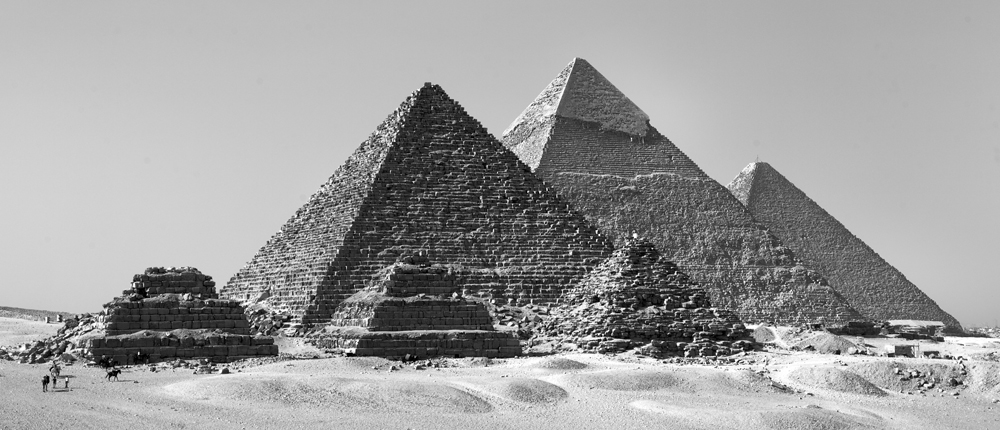
Archaeologists have uncovered a workers' town and massive catering operation that was used to house and feed workers building one of the Giza pyramids, the pyramid of Menkaure, which is shown here with three queens' pyramids in front. Behind are the pyramids of Khafre and Khufu.
The Great Sphinx
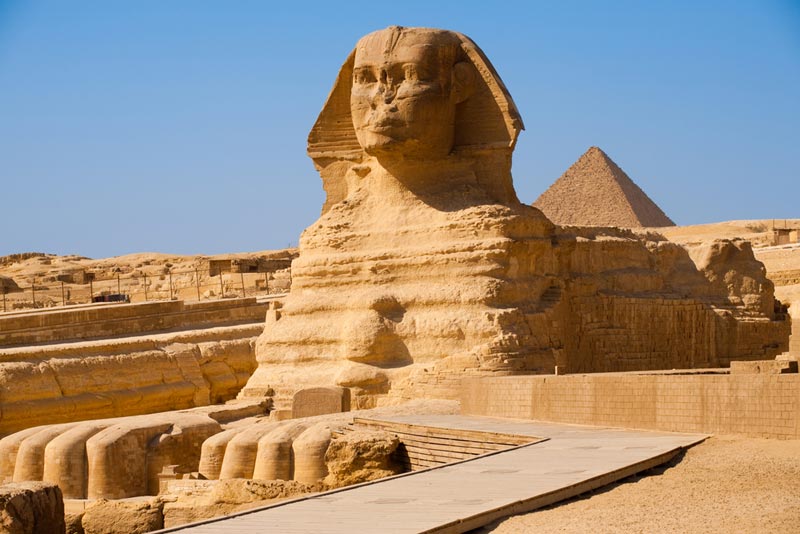
The workers' town is located about 1,300 feet (400 meters) south of the Sphinx, shown here with the pyramid of pharaoh Menkaure in the background. The site is also known by its Arabic name, Heit el-Ghurab, and is sometimes called "the Lost City of the Pyramid Builders."
Giza's OK Coral
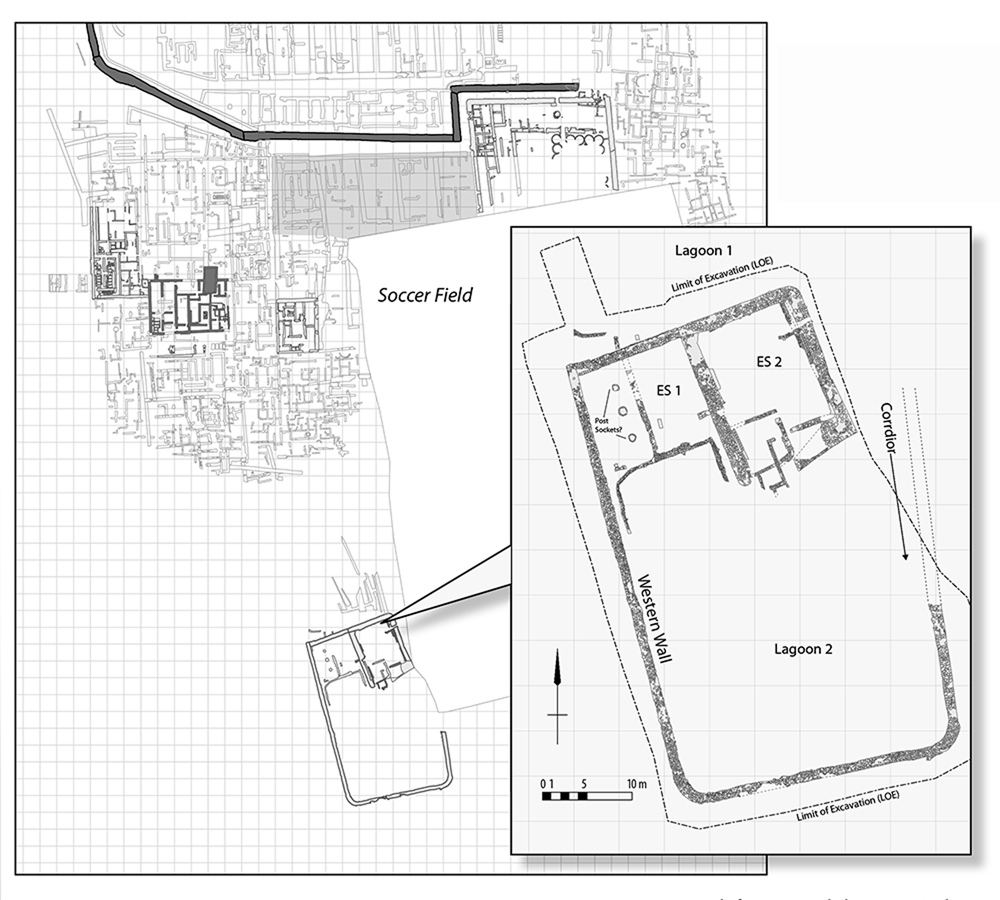
To the south of the workers' town archaeologists discovered a structure used to hold cattle and possibly sheep and goats. Researchers have called it the "OK Corral" the OK standing for Old Kingdom, the time period when the Giza Pyramids were built. Its location to the south of the workers' town would have prevented workers from constantly smelling the animals.
A large area

An image of the OK (Old Kingdom) Corral with the Giza pyramids in the distance. Researchers note that it was large enough to hold 55 cattle with feeding pens. There may also have been areas for slaughter.
A plethora of history
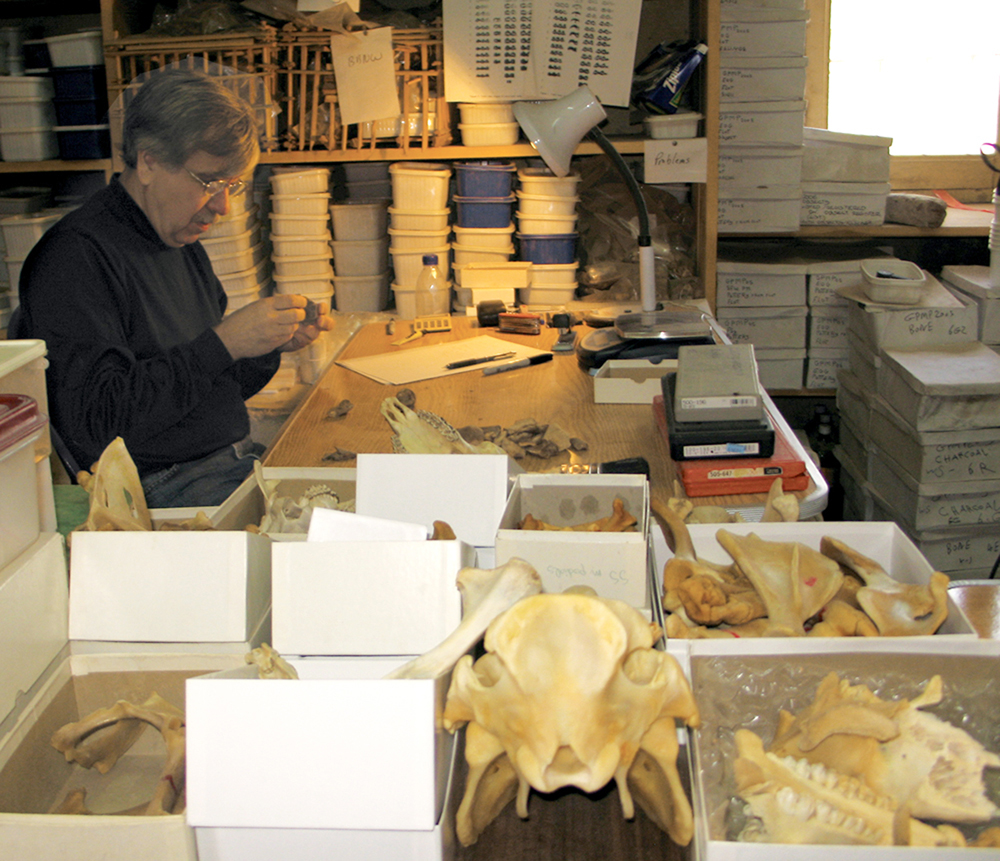
Chief Research Officer Richard Redding with some of the tens of thousands of animal bones found at the Giza workers' town.
The galleries
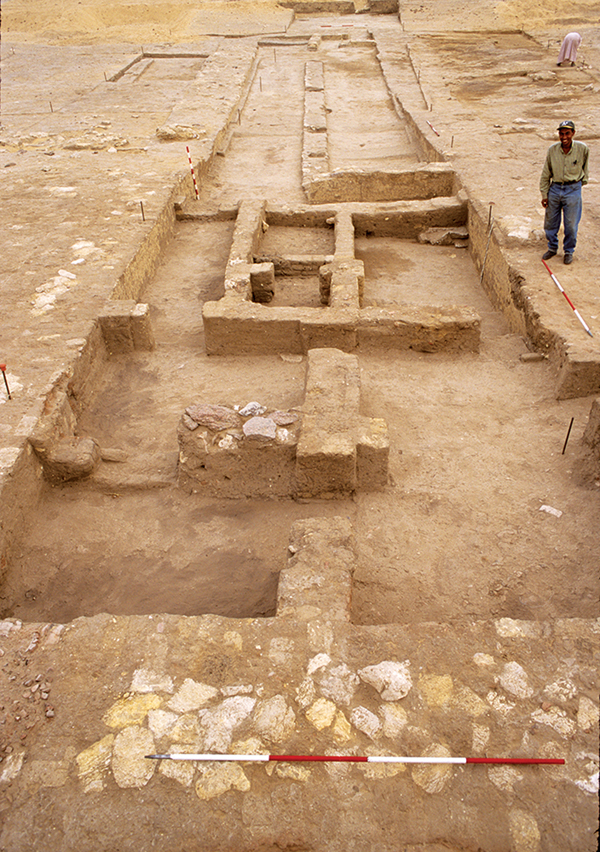
A section of the workers' town which archaeologists call the "galleries" supported what appears to be barracks style accomodation for workers. The people who lived in them consumed a diet rich in sheep and goat meat. It was the overseers, who lived elsewhere in the town, who consumed a great deal of cattle.
Stylish living
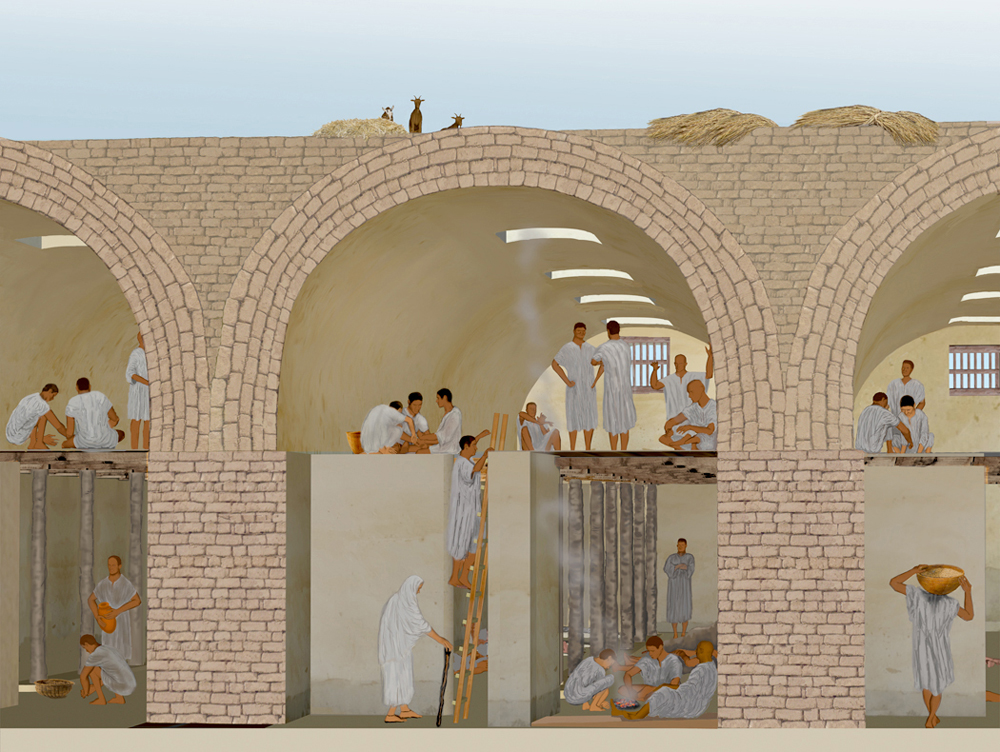
Archaeologist Günter Heindl believes that these barracks were vaulted and had two stories. This image shows a reconstruction of what one section of the galleries may have looked like.
Sign up for the Live Science daily newsletter now
Get the world’s most fascinating discoveries delivered straight to your inbox.
A peak inside
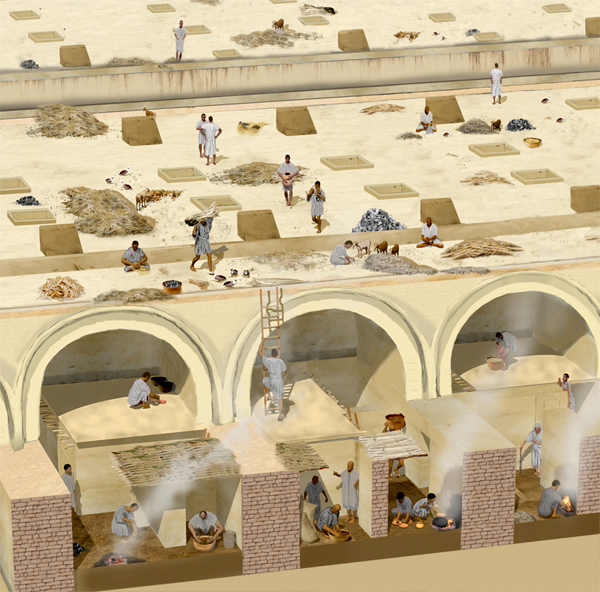
An image of a possible reconstruction of the back of the galleries with the back wall cut away. Archaeologists found hearths, ash and black walls which indicate cooking was going on. It's also possible that the roofs were flat giving the workers additional work and storage space as well as a place to sleep on hot summer evenings.
Decor at the Tomb of Ti
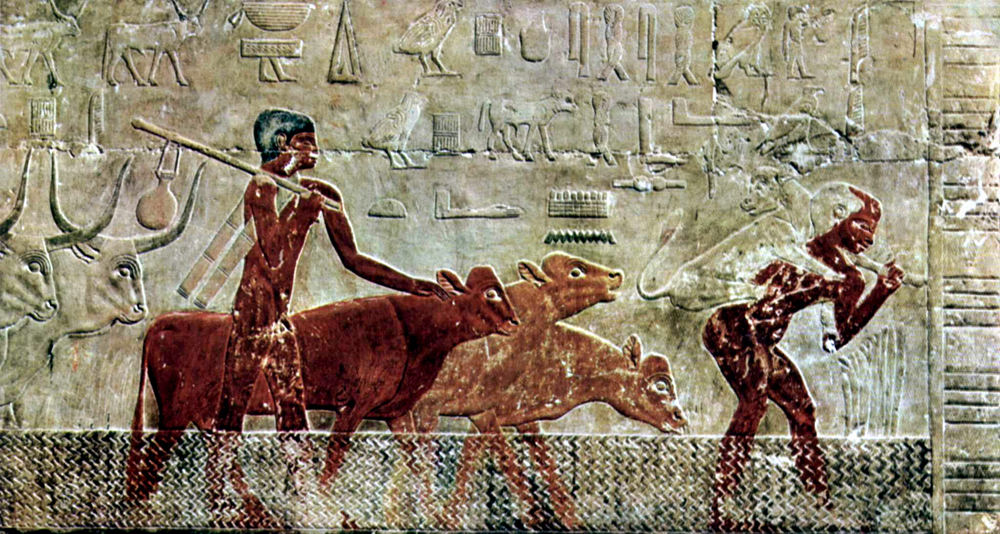
An image from the tomb of Ti at Saqqara, dating back almost 4,500 years. Cattle are shown being led across a canal, with a herder helping a calf get across. Researchers note that cattle were considered the finest meat in ancient Egypt and are shown commonly in tomb scenes.











